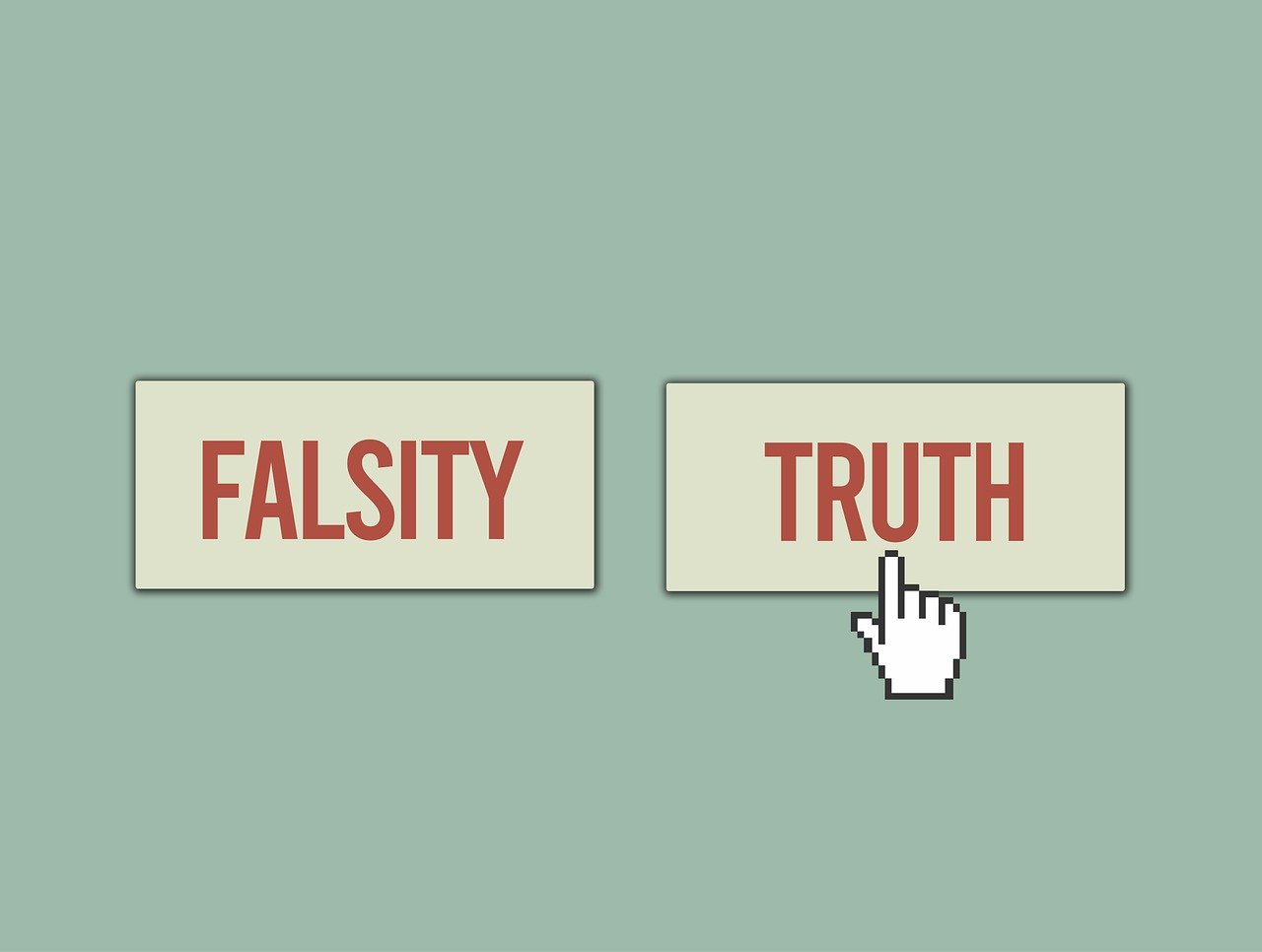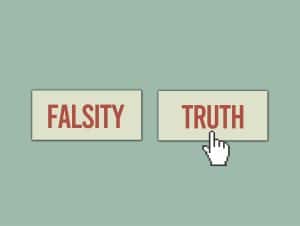Content is key for any internet marketing endeavors. Regardless of what industry you are a part of, how large your business is, and who your customers are, you need regular content uploads. Many businesses struggle to realize the key role that written content plays in your content marketing, social media, and search engine marketing strategies. Written content may not be as flashy as a quality video series or a plethora of internet memes, but it has additional value that many novice marketers often underestimate. In reality, written content is the bread and butter of marketing on the internet, and that is because of its many facets, styles, and types.
Written Content Types
Written content doesn’t just mean running a personal blog or uploading in-depth articles about your industry. In fact, written content is the most flexible style of content on the internet. Written content is a core piece of every marketing strategy, and it is universally necessary to the success of any business. To put it simply, there are no search engines or social media pages without written content. Writing is a fundamental piece of the internet, and that is where the diversity of written content comes into play. So yes, written content is a blog or an article, but it is also a tweet, an information page, a search engine listing, and so much more.
Why Use Written Content?
Regardless of what platform, search engine, website host, or content style you are using, written content has a hand to play. Without properly understanding written content and what words stand between failure and success, you may struggle to launch your other forms of content. Even if your sole marketing strategy consists of uploading a single image to Instagram every other day, you need written content to market it effectively. Written content helps identify and organize your content on social media. Consider hashtags. The appropriate hashtag identifies your post’s topics and themes while also putting that content in front of users who may not follow your page.
Written content is more than just hashtags, however. Written content makes up your tweets and your status updates. Improper grammar, aimless sentences, and poor word choice hinder your business. Through a better understanding of the ins and outs of written content, you can optimize your marketing efforts for success.
Advantages over Images
Before diving further into written content optimization, let’s highlight just why it is important to have a dedicated stream of written content in addition to the written content that comes naturally with marketing images over Facebook, Instagram, and even your own website.
Images are great for grabbing an audience’s attention. Whether for humor or dramatic effective, images are taken in quicker than a series of words. That is simply the way that our eyes and brains are wired. However, images are more of a highlight reel than they are a complete breakdown of an idea or concept. While images are terrific for evoking specific emotions or feelings, they fail to output large quantities of information. Written content on the other hand, is designed to convey information. It may not be as instantly effective at evoking feeling, but it can effectively impart information and ideas on a level that still images cannot.
Advantages over Videos
What about videos? Videos can use still images to evoke emotion and feelings. At the same time, videos can typically run as long as necessary, meaning as much information as needed can be imparted through them. Right?
While it is true that videos can cover large quantities of information in addition to providing continues visual elements, this does not make it the most effective form of divulging information. For one thing, video production isn’t done as cheaply, quickly, or efficiently as written content production. Writing content is a near one step creative process. Yes, there are certain additional steps such as SEO to be taken after the content is created, but the act of sitting down to a computer and writing a post or article is much faster and with fewer steps. In addition, written content is much easier to reference back to and is easier to place links in and it translates more universally.
Written Content on Your Website
Your website should be your hub for all content. If it is not, then you already have larger problems than deciding which content to pursue with more effort. A “good” website for your business is filled nearly to the brim with content, and particularly with written content.
First of all, your website should contain your business name and all relevant information. This should be obvious, but that doesn’t stop this simple block of written content from frequently being overlooked. Additionally, your website should be filled with testimonials, articles, product/service information, and any other form of written content that is applicable to your business. The important thing here is that all of the written content on your website is centric to what your business is really about. The website is not necessarily the place to post memes and funny anecdotes, and it is important that your business’ website content is formal and professional.
Written Content on Social Media
Social Media doesn’t play by the same rules as a traditional website. For one thing, your business’ social media page isn’t your business hub. Primarily, content has a much shorter life cycle on social media than it does on a website. Once users scroll past your post, it has generally left their mind. In addition, a consistent upload of new content means that older content gets pushed to the bottom of your own page in addition to a user’s individual stream.
Written content is a crux of social media, the same as it is a crux of any business website. However, written content on social media typically isn’t lengthy. Posts are concise, short, and to the point. However, this does not mean that you cannot promote lengthy written content on social media. Rather, it means that the written content from your website should be presented with a short quote or description that gets straight to the point and engages with user interest.
Using Written Content with Images
Images are great, but written content is still a quintessential part of their effectiveness. Whenever you post an image, whether it be a meme or an infographic there is likely written word on it. These words add humor, insight, or explanation to the image that captures a user’s attention. Written content is used in context with the image in addition to being a part of it.
Titles, descriptions, captions, and tags are all aspects of written content. They help organize an image, add depth to its meaning, and link it to a page, profile, or similar content. When posting an image on any platform or site, make use to take the time to add these relevant aspects of written content to maximize the image’s potential.
Using Written Content with Video
Written Content works many of the same ways with video as it does with still images. Titles, captions, descriptions, and tags are all equally relevant with video. However, video offers additional opportunity to add written content. For starters, closed captions help maximize a video’s potential by making content more accessible to those hard of hearing and by allowing the video and its information to be consumed without audio. Many users use their phones to kill time in waiting rooms, in transit, and at the office. This means that volume isn’t always an option, especially in crowded areas.
Written content for videos adds this accessibility as well as giving the audience written references to write down, reflect on, or draw from. Written Content helps take video content to the next level, while providing tools for further classification, organization, and use.
Where to Start with Written Content
Where is the starting point for your business? If you are just beginning or revamping your marketing efforts, you probably won’t have a lot of quality content to launch off of. This is okay, because written content can be your avenue to success. Written content can be produced cheaply and in a timely manner. More importantly, written content can be produced by you and for you. Start-ups and small businesses don’t always have the option of paying for created content, but written content can be created without having to understand complex technology or hiring those who do.
Optimizing Your Written Content (SEO)
Written Content can be written for a variety of reasons, but search engine optimization should always be at the forefront of those reasons. Your content exists primarily to draw an audience in and to convert those leads into sales. If your content can’t draw an audience in, then your system is already faulty. When your content is optimized to meet search engine standards, you are setting yourself up for success. Search Engine Optimizing your content tweaks its wording, use of links, and tags to create the most appealing articles for search engines and therefore users.
Using Written Content for Lead Generation
Search Engine Optimization isn’t the final step. In reality, it is the first step to creating a solid lead generation process. When you write a blog post for your business, you have created content. Ideally, that content is posted to social media and is listed somewhere under search engine results. When that piece of content sparks interest in a user and they follow that content to your website, that has just become a lead.
Remember that your content exists not only to benefit users but to generate leads for your business. Ideal lead generating content draws the readers attention, and makes them want more, guiding them to your website and into your sales funnel.
Written Content as Part of Your Sales Funnel
Written Content is a great first step in your sales funnel. However, the potential of written content in your sales funnel doesn’t end at lead generation. In fact, written content is a great way to continue to engage visitors to your website. Email lists in particular are a great way to continue to reach out to those interested in your blog posts or articles. Subscribers can be quickly emailed with additional relevant content, offers, and whatever else is deemed necessary.
Establishing Your Brand Personality Through Written Content
Your Brand is what sets your company apart from your competitors. The mission statement, purpose, and promises that come with every sale all help make up this brand. Actually, whatever and whenever you choose to present your company, products, and services, you are shaping your brand. Written content is the best way to present exactly what you and your business are about. With articles, social media, and blog posts you can let your audience know exactly what is on your mind and your business’ intentions. This can be invaluable as you get your business of the ground.
What to Write About
In reality there are a near limitless number of topics to discuss. However, it is important that your business keys in on topics that are relevant to the business and relevant to the customer. It simply won’t do for remodeling business’ Facebook page to talk about dolphin training. However, it may be beneficial to share home remodeling updates, useful DIY tips, or written testimonials. The key here is to find topics that are engaging, interesting, and that can easily be funneled into your website. Regardless of what form you post with, the emphasis always needs to be on the connection between what users are looking for and what your business has to offer them.
Conclusion
Written Content is a cornerstone of any marketing initiative. Regardless of how you present your written content, it is important to understand the diversity and the application of well-written content on your social media pages, website, and any other form of internet presence. Written content helps provide information and detail on a very manageable level. If you are struggling with creating content for your business, starting a blog or writing a few articles may just be the step you need to achieve success.




















